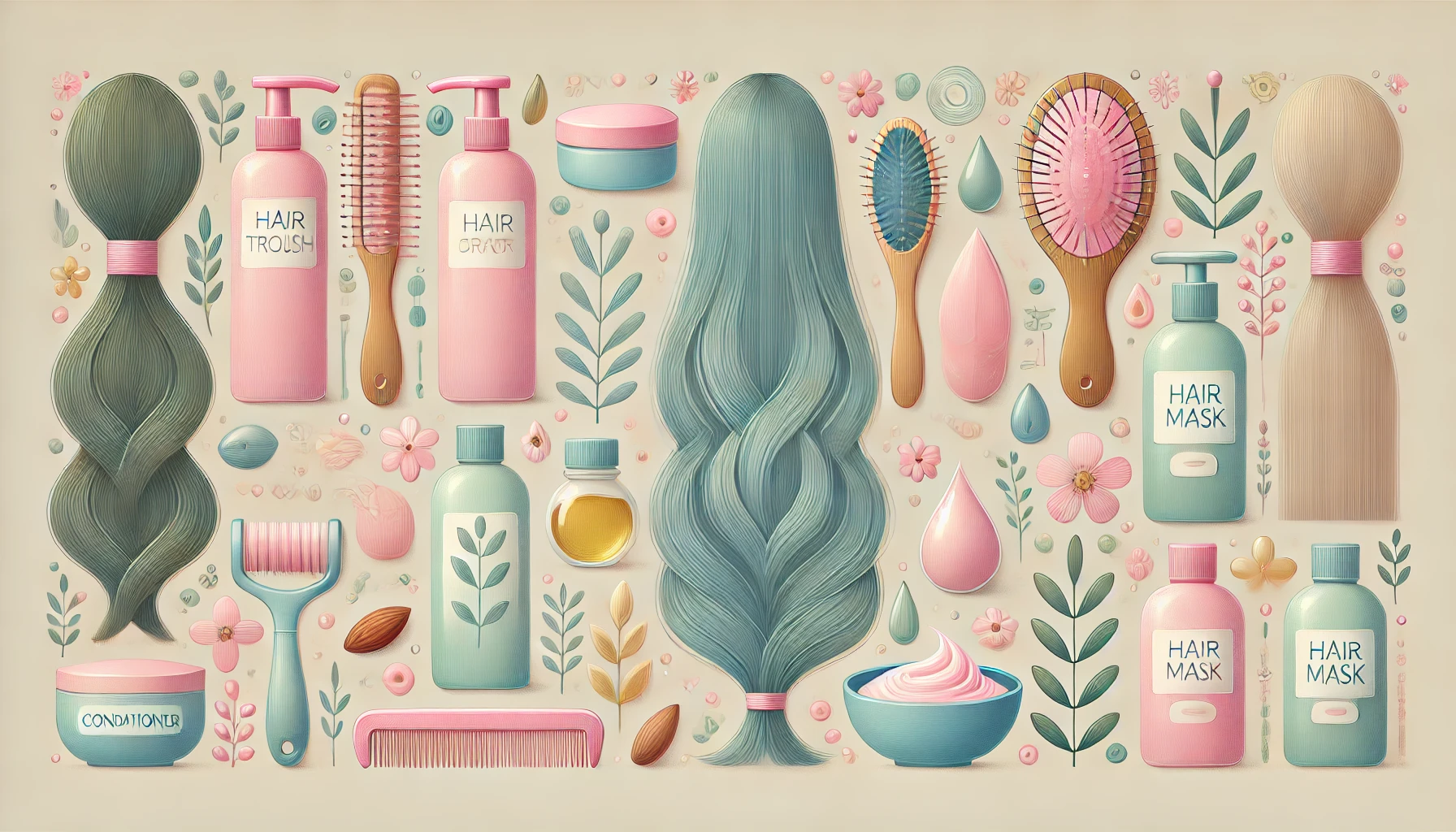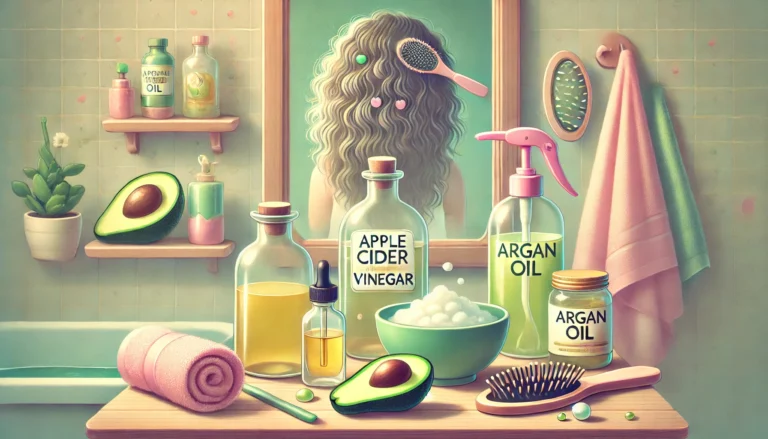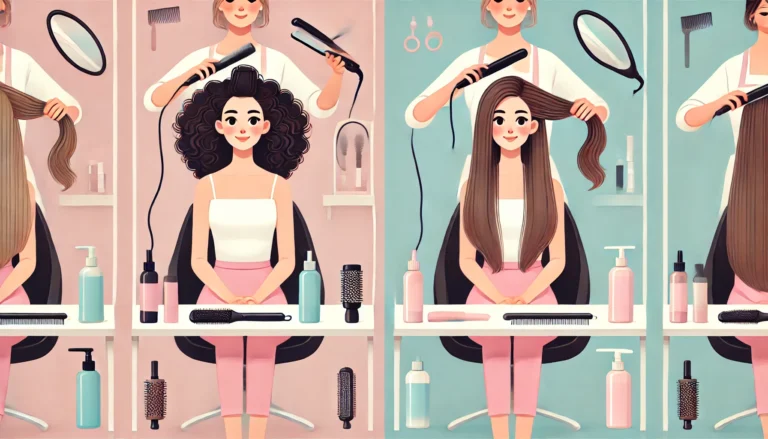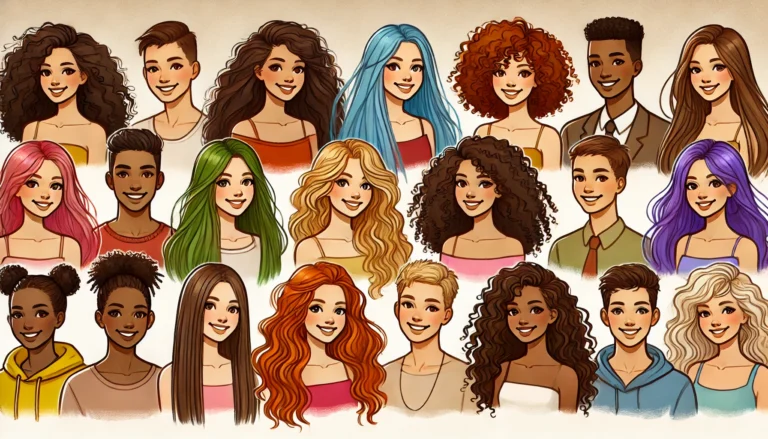How to Restore and Repair Damaged Hair Effortlessly
Hair damage can feel devastating, especially when it seems irreversible or worsens despite endless efforts. Luckily, there’s a way to revive hair health, provided we follow specific, proven treatments suited to the root cause of each type of damage. This article covers identifying damage types and applying targeted care to reclaim your hair’s vibrance, from broken cuticles to frayed ends. Here’s how to fix broken hair and restore its strength and luster.
Understanding Hair Damage: The Reality Beneath the Surface
Hair damage extends well beyond a few split ends. Severely compromised hair presents cracks in its protective outer layer, the cuticle. When these cuticles become lifted, they expose the vulnerable inner layers of the hair strand to harsh external elements. This break-in protection allows moisture to escape, leaving hair dull, frizzy, and prone to breakage. But is it possible to transform damaged hair into sleek, lustrous locks? The answer is nuanced: while some hair damage may be permanent because hair consists of non-living cells, proper maintenance and strategic repair hair treatments can still enhance its look and feel. Effective methods for repairing broken hair are discussed in detail below.
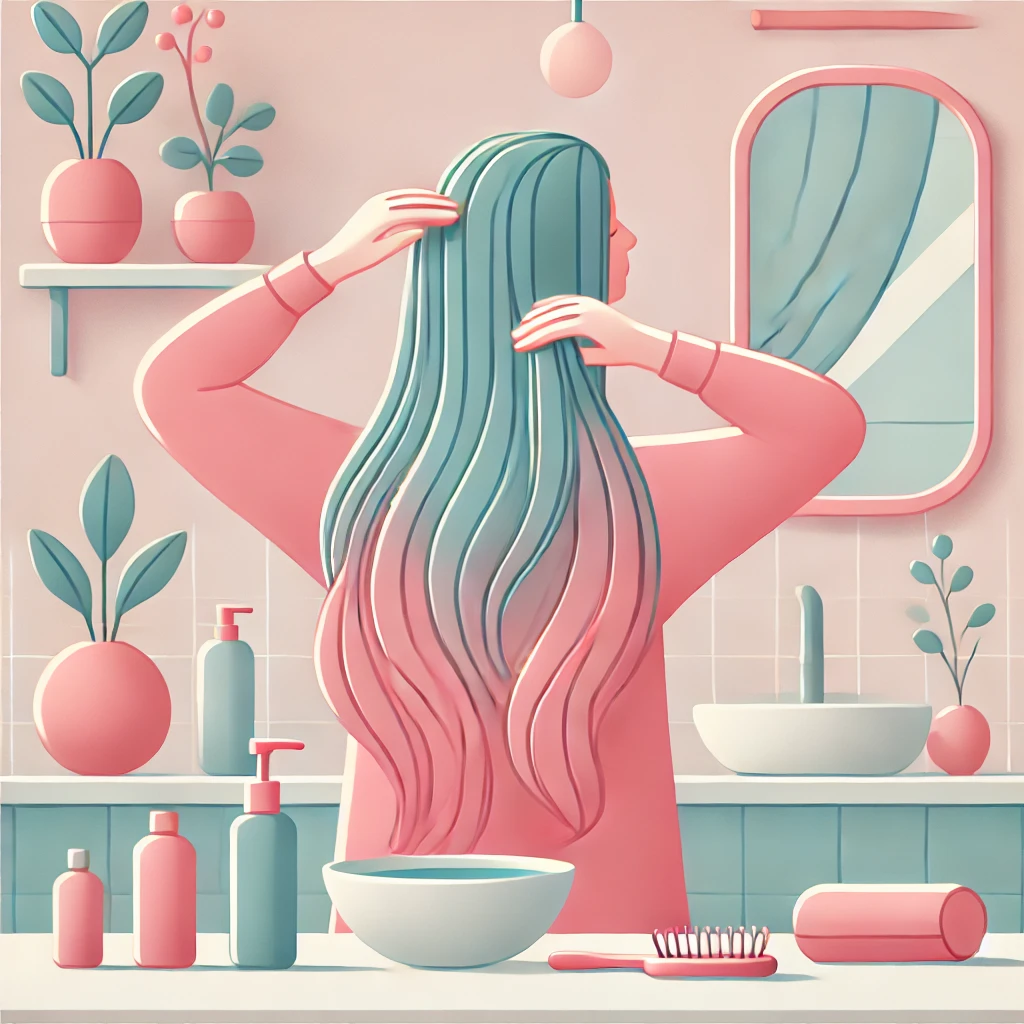
Remedies Based on the Damage Cause
If you know what led to your damaged hair, a specific strategy can help restore resilience. Below, find targeted recommendations based on common causes of hair damage, from chemical dyes and bleach to excessive heat and overlooked trims. Restoring your hair’s health requires an approach that addresses the specific type of broken hair repair needed.
1. Damage from Dye
Whether you’ve opted for vibrant pastels, bold mermaid hues, or merely sought to conceal grays, hair dye — mainly applied at home — can sometimes leave hair parched and brittle. Chemical dyes strip natural oils and hydration from hair strands, transforming once-soft hair into a rough, coarse texture, a classic sign of damaged hair needing treatment.
Limiting Further Dye Damage
- Stay Close to Your Natural Shade
Stylists suggest selecting a dye within three shades of your natural color, ideally opting for darker shades, as they demand less maintenance. Bright, non-natural hues often require frequent touch-ups, exacerbating dryness and further damaging hair. - Dye Less Frequently
Stretch the interval between color treatments to at least 8 to 10 weeks, if not longer. This approach minimizes cumulative damage to hair and reduces the need for aggressive repairs. - Adopt Pro Dye Maintenance
- Wash less frequently, opting for color-safe shampoos.
- Rinse with cool water to keep cuticles sealed and prevent dye fading.
- Consider professional salon dye treatments, as experienced colorists are equipped to limit hair damage.
- Opt for Semi- or Demi-Permanent Dyes
These gentler alternatives minimize the structural alteration of hair fibers, extending color longevity without aggressive cuticle lifting.
Easing Existing Dye Damage
Applying olive oil can soften the cuticle, infusing the hair with the necessary moisture. Be sure to wait a few days post-dye before applying, as this ensures optimal color retention. Use color-safe shampoos and conditioners, maintaining a stable pH to support longer-lasting, smoother color results.
2. Damage from Bleach
Taking hair from dark to light? Then you’re familiar with the potent toll of bleach. This process opens the cuticle to access and dissolve melanin, but this can leave hair dry, porous, and fragile. The structural compromise often results in reduced elasticity and resilience. Knowing how to fix broken hair from bleaching is essential, as these fibers become more vulnerable to daily wear.
Reducing Future Bleach Damage
- Limit Bleach Sessions
Since bleaching invariably weakens hair, reducing its frequency is vital to repairing damaged hair. - Pre-Bleach Moisture Boost
Prioritize deep conditioning and avoid heat styling for several weeks before bleaching. - Sun Protection
UV rays are damaging enough on unbleached hair but can wreak havoc on bleached strands. Opt for UV-protective hair sprays or don a hat to shield your dead hair from harmful sun exposure. - Chlorine Care
Chlorine can discolor and dry bleached hair further. Pre-rinse with fresh water and immediately post-swim with a moisturizing shampoo and conditioner.
Replenishing Bleached Hair
For extra care, apply almond oil, which softens and strengthens each strand, diminishing frizz. Or, try a rice water rinse — an unexpected but effective treatment with inositol that repairs hair from the inside out.

3. Heat-Induced Damage
Heat styling can cook the hair shaft, breaking natural proteins and causing cuticle lift. Repeated exposure can strip away essential moisture and lead to porosity, weakening the hair’s integrity. Heat-damaged hair benefits greatly from regular care and specialized repairing broken hair techniques.
Protecting Against Future Heat Damage
- Mind the Distance When Blow-Drying
Hold the blow dryer approximately six inches away and move it constantly to reduce concentrated heat exposure. - Use Heat Protectants
Heat-protectant sprays or serums form a barrier, preserving moisture levels and reducing split ends. - Lower the Heat
Use the lowest effective heat setting on blow dryers, straighteners, or curling irons. - Air-drying as a Healthy Alternative
Allowing hair to air dry spares it from direct heat and maintains its natural texture.
Treating Heat-Damaged Hair
Coconut oil’s molecular composition enables it to penetrate and hydrate hair from within, sealing in moisture and fortifying the cuticle. Apply it as a weekly mask or opt for products infused with coconut oil to promote the repair of damaged hair over time.
4. Ignoring Hairdresser’s Appointments
Skipping trims may seem harmless, but it encourages split ends to climb up the hair shaft. This diminishes the overall look of the hair and leads to further fragility and breakage, resulting in dead hair that lacks life and vitality.
Sustaining Between Cuts
Good hair habits can help prolong the time between trims. Schedule regular haircuts tailored to your hair type to keep ends fresh and healthy.
Managing Without Immediate Cuts
Hair masks can temporarily seal split ends and add a protective layer to fragile hair. Deep conditioners or specialized treatments like the Briogeo Don’t Despair, Repair! Masks are excellent choices.

For the Uncertain Causes of Hair Trouble
If you’re unsure of what’s causing your hair woes, here are versatile options that address a range of symptoms, from dryness to fragility.
It’s Tangled and Tense
Tangles often result from friction due to damaged, open cuticles. The more compromised the hair, the more prone it is to knotting.
- Gentle Detangling
Start at the ends, working carefully upward. Avoid brushing when wet to prevent breakage. - Hydrate and Condition
Use leave-in conditioners or detanglers with hydrating properties to smooth the hair.
It’s Dry and Dull
When hair lacks shine, it’s often due to a depletion of natural oils. Reducing shampoo frequency preserves these oils, which are essential for repairing broken hair and improving its overall sheen.
- Use Dry-Hair Products
Shampoo formulated for dry hair provides extra hydration, while jojoba oil restores elasticity and luster. Apply pure jojoba oil to damp ends for enhanced softness.
It’s Frizzy and Frazzled
Frizzy hair often signals raised cuticles and exposed inner fibers.
- Cold Water Rinse
Use cold water to close cuticles, maintaining hydration and shine. - Apple Cider Vinegar Rinse
An ACV rinse can rebalance pH, reduce frizz, and revive dull hair. - Argan Oil
Known for its conditioning properties, argan oil smooths cuticles and adds vitamins, leaving hair manageable and radiant.
It’s Brittle and Breaking
Brittle hair is often the result of extreme overprocessing. Aim for a nutrient-rich diet to improve hair health from the inside.
- Nourish with Nutrients
Essential vitamins like biotin, iron, and vitamin C fortify hair, improving its resilience and strength. - UV and Chemical Protection
Limit sun exposure and avoid products claiming “long-lasting hold” as they can exacerbate dryness.
Immediate Relief for Brittle Hair
The “soak-and-smear” approach involves layering a leave-in conditioner followed by an oil application to lock in moisture and create a protective barrier.
While you can’t turn back the clock on damaged hair, adopting mindful habits and targeted treatments can revive even the most compromised strands.
